|
PAGUDPUD, often cited as the "Boracay of the North", offers miles of white sandy beaches and a great view of the
South China Sea
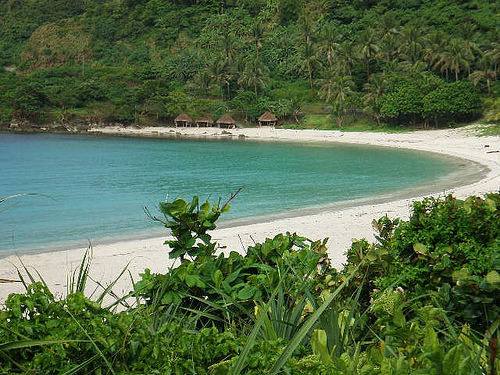
JUAN LUNA SHRINE-This restored house is a repository of the memorabilia of the famous Luna family. Foremost are the paintings
of Juan Luna which include a reproduction of his masterpiece, the Spolarium.
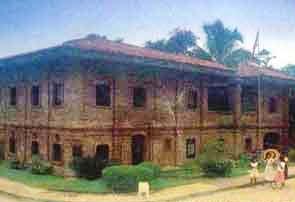
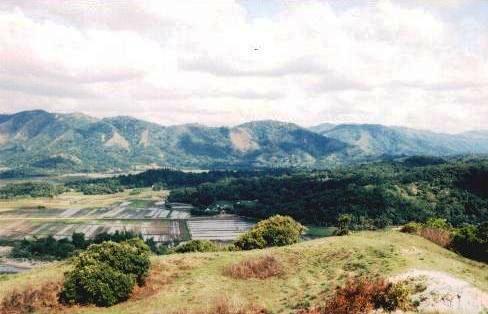
BANGUI VIEW DECK-Found just after the Burgos and Bangui boundary is this view deck. It is placed on top of a hill and offers
a sweeping view of mountains, a river, which stretches on the western barrios. This rest area offers a perfect sight for tourists
to view the imposing South China Sea.
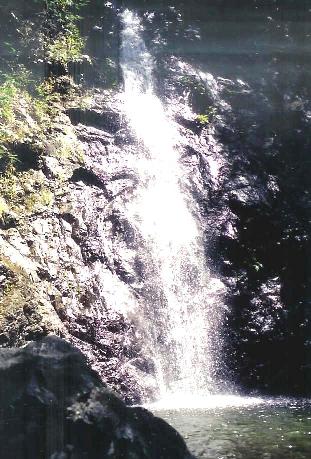
ABANG FALLS- The place is accessible by jeepney from the town proper of Bangui and cascades like the Hilugung Taktak in Antipolo.
Located along the mountain sides that frames Barangay Lanao to the southwest is the Abang Falls, whose veil-like dropping
waters cascades down in poetic fashion over boulders and stones. The pool on its second tier is ensconced by a deep mountain
gorge that shelters a variety of air plants.
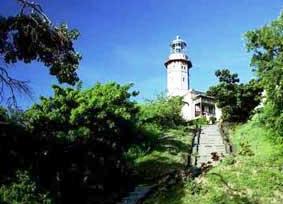
CAPE BOJEADOR LIGHTHOUSE - Heralded as one of the highest lighthouses across the country, Cape Bojeador Lighthouse is situated
on top of a mountain and is towering over 120 feet in height. This century old structure was built in 1892. It was first lighted
on March 31 of the same year where it sends out signals to ships passing by the Cape facing the northern portion of South
China Sea. Apparently, this structure was built without aid of steel during the Spanish regime making it a wonder in its engineering
and architectural design. To this day, the lighthouse is still being utilized by ships navigating in the South China Sea.
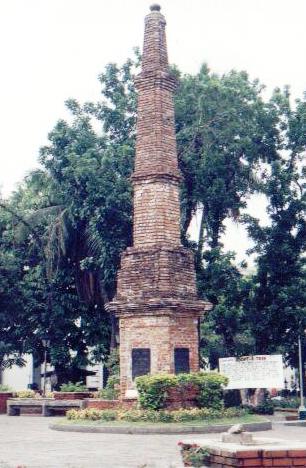
TOBACCO MONOPOLY MONUMENT- Constructed at the foot of the Marcos Bridge in 1882, this monument was erected to serve as a memorial
to the lifting of the Tobacco Monopoly which from 1872 to 1881 gave the Ilocanos untold miseries as they were obliged to plant
no other crops except tobacco.
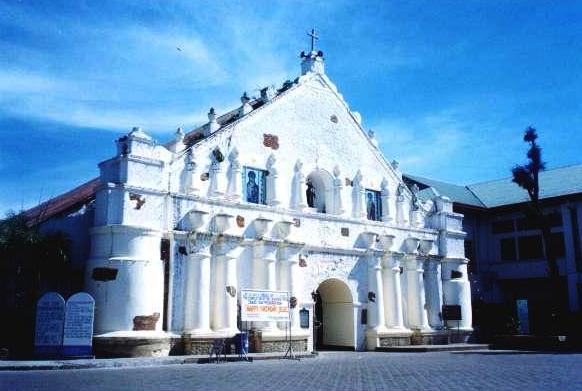
ST. WILLIAM'S CATHEDRAL- This Italian Renaissance structure was built in the 1870s. It has a unique two-storey fašade held
by four pairs of coupled columns. The deeply recessed niche shows the image of San Guillermo, the patron Saint of Laoag. Located
85 meters away is its sinking Bell Tower. In the olden days, Spanish friars built the bell tower at a distance from the church
for fear that the bell tower would crash into the church during a violent earthquake.
LAOAG SINKING BELLTOWER- Located 85 meters away from the St. William's Cathedral is the Sinking Bell Tower. In the olden days,
Spanish friars built the bell tower at a distance from the church for fear that the bell tower would crash into the church
during a violent earthquake. This 45 meter bell tower is a unique landmark because it has been known to sink at the rate of
one inch every year. Old folks say that man on horseback used to ride in the main entrance. Today, you have to stoop to enter.
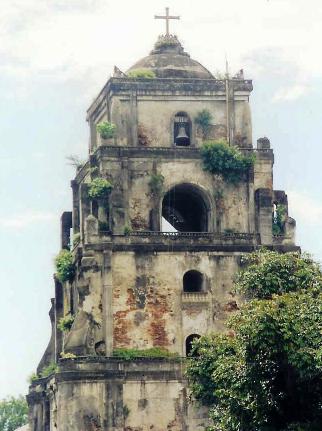
|
 |
 |
 |
|

BANGUI WINDMILL FARM- Found in the windswept town on Bangui, this windmill farm forms a column of 5 wind turbines with a hub
height of 70 meters and 41-meter rotor blades, the North Wind Bangui Bay Project has an installed capacity of 25 MW. This
project placed the Philippines in the world map as it is the only windmill farm in the entire Southeast Asia.
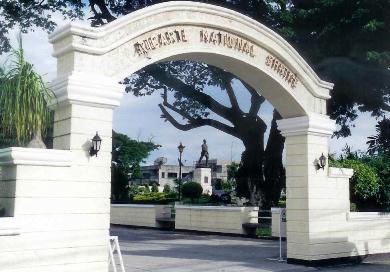
GENERAL RICARTE PARK-Built in honor of Gen. Artemio Ricarte, who was a native of this town. This brave general was recognized
as a hero during the revolutionary period, where he lead his troops to many victories against the Spaniards. Half of his remains
were interred in this town and the other half were interred in Libingan ng mga Bayani in Manila.
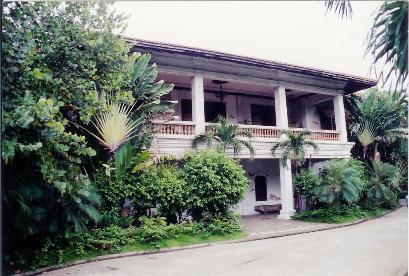
MARCOS MANSION - The mansion was built by former First Lady Imelda R. Marcos in 1976, after she converted President Marcos'
ancestral home to a museum. The mansion serves as the official residence and is still used by the family for political meeting
and social gatherings.
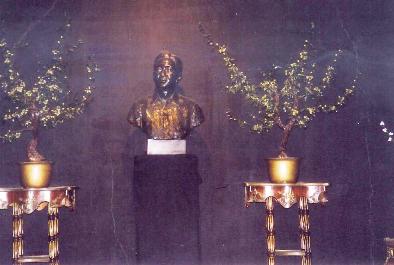
MARCOS MAUSOLEUM - On the left side of the mansion is the famous Marcos Mausoleum where the remains of President Ferdinand
E. Marcos lie in a refrigerated crypt. His remains have been lying here since September 1993. At the center of the mausoleum
is an eternal flame as tribute to the former president.
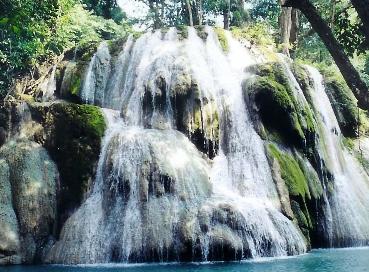
KAANGRIAN FALLS- Kaangrian Falls is a beauty to behold amidst its hiding place in the depths of century-old trees crowned
with thick foliage, fenced by steep mountains in the far-flung Barangay Agaga, Burgos, Ilocos Norte, which is nine kilometers
south of the Poblacion. Its exotic beauty can beauty can be enjoyed best from the months of August to January. To reach this
scenic spot, one still has to hike a 700-meter distance as the passable road, which had been recently leveled, stops at this
distance, to afford visitors a better appreciation of the beauty that lies not only with the falls itself, but also of the
exotic sights that are on the way to the majestic falls. But after the physical sacrifice, the strain coupled with the rivulets
of sweat, the tired sighs vanish when the visitor devours the beauty Kaangrian Falls has to offer. The waterfalls, itself,
is a paradise to behold, as the water that cascades from it has graduated heights and has different shapes and forms. The
water originates from a cool, crystal-like spring situates inside a turtle-shaped cave underneath a mountain, which serves
as a host to giant century-old trees and bushes that extends to almost five kilometers long. The cave's entrance is much like
a python's mouth that has an estimated dimensions of two meters wide and 2.5 meters high.
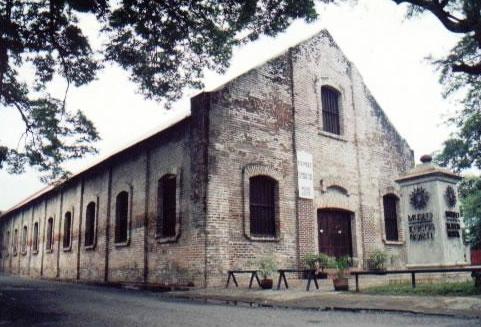
MUSEO ILOCO-The Museo Ilocos Norte is housed in the historic Tabacalera warehouse, located just west of the Provincial Capitol.
It stands in a 584-square-meter lot in the middle of building and residential houses within the city's commercial zone. It
showcases the varied ethnicity and multi-faceted cultural heritage of a sturdy, hard-working people known for their industry,
resourcefulness and loyalty.
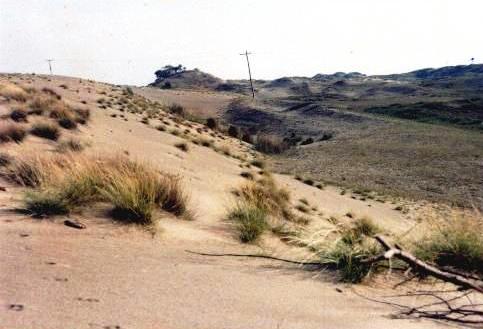
LA PAZ SAND DUNES- Known during the ancient times as "Panduyunan." Barangay La Paz in Laoag City boasts of one
of the unique spots in the city. The sand dunes not only attract natives but foreigners as well. It has also been a favorite
location for shooting movies, local and foreign alike, and has been declared as National Geological Monument.
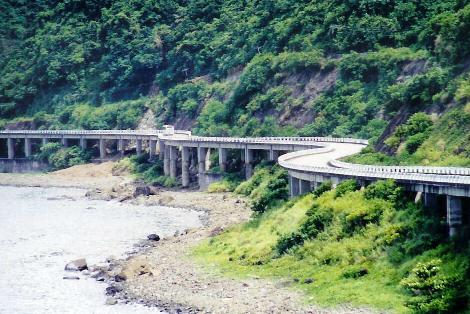
PATAPAT VIADUCT-The Patapat Viaduct offers yet another majestic view of the sea. It is about 16 kilometers from the town hall
of Pagudpud and is an elevated concrete highway constructed along winding/rocky headlands near the northernmost roadway section
in Ilocos Norte (could be considered second northernmost roadway section in Luzon).
This viaduct was constructed to solve the problem of landslides in the area which have caused so many vehicular accidents
in the past. Footed on the rocky seashore just several meters from the mountainside, it gives motorists a spectacular view
of Pasaleng Bay. From Pagudpud, simply head northeast towards Cagayan. This will take you through winding mountain roads
that have lush vegetation on both sides and occasional views of the sea until you reach the Patapat Viaduct.
|
|
|
ST. AUGUSTINE CHURCH- Enlisted in the world heritage site is the St. Augustine Church. Built of coral blocks and stucco-plastered
bricks, the church is a unique combination of Gothic, Baroque and oriental designs. Construction of the church started in
1704 and finally completed in 1894. It is often times referred to as "earthquake baroque" because its massive size
was meant to withstand even the strongest earthquakes. The mortar used in the building came from a mixture of sand, lime egg
white and molasses. Its three storey tower was used as an observation post by Katipuneros and by guerillas during the Japanese
occupation.
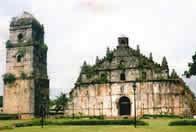
|
|
 |
 |
 |
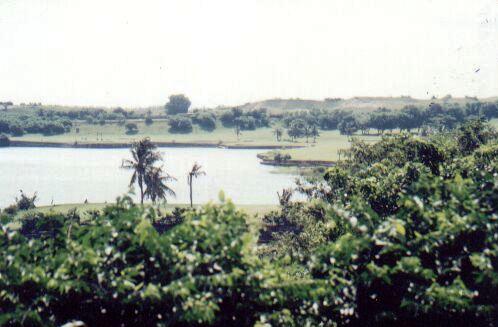
PAOAY LAKE-The lake and surrounding area was declared a national park under RA 5631 on June 21,1969. The lake is 3 kilometers
away from the sea with an area of 470 hectares; its water is always fresh coming from subterranean source.
|